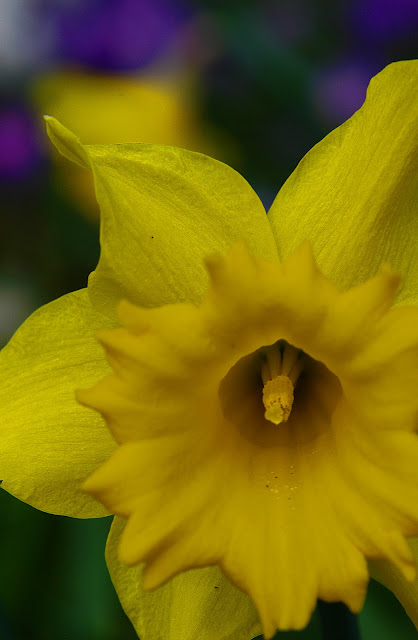 |
| The Welcome Sign |
I think everyone's got their favorite place where they go on a regular basis, go for a walk, watch nature, chill out, take a few snaps, birdwatching, you know what i mean, "well i'm the same", its nice to get out and about with my Nikon doing just that.
 |
| The Reception Area. |
Carlton Marshes isn't to far from where i live, 10min cycle ride, its run by the S.W.T (Suffolk Wildlife Trust), now as far as Nature Reserves go, this one is small, and i mean small, its tiny compared to the other Nature Reserves around our way, its about 1,000m long and at its widest point 70m, but what it lacks in size, it makes up for what you see. The secret to this "little gem" is the surrounding farm land and the marshes, that's why its so special, yes it can be a little bleak during the winter, but as soon as spring comes along, it sparkles.
 |
| Reed bunting. |
The main species on the Reserve are, Reed bunting, Cetti's warbler, Water vole and the Norfolk hawker dragonfly. Wildflower's there's plenty to see as well, Cuckoo flower, Ragged robin, Water soldier (in the marsh ponds and dyke's), Willow herb and the Marsh orchids. These are just a few to name, but of course there's plenty of the common birds and wildflowers to see as well.
 |
| Great Willow Herb. |
My main passion is taking photos of wildflowers, but now and then a butterfly will come along and land some where near me to focus my lens on that, "well why not they are nice", the main species around here are, Gatekeeper, Speckled wood, Small tortoiseshell and a few common Skipper's, so you see there's plenty to see for everyone.
 |
| Helpful signs. |
Walking around the reserve will not take you long, but my tip is - take your time, the nature will come to you, yes it can be hard work with this reserve at times, but in the long run well worth your patience. There are various signs dotted around the Reserve giving you additional information, direction of paths and species as well, also you can pickup leaflets from the reception area for more added information.
 |
| River Waveney. |
For those wishing to take a longer walk, there are four main footpaths that lead from the Reserve onto the farm meadows and marshes, the best two will take you down towards the river Waveney, and along the way you will see Marsh Harrier, Barn owl, and Kestrel's, and in the reed beds various warblers, Sedge and Reed. Once at the river there's plenty to see as well, the most common being, Great Crested Grebe, Little Grebe, a few waders and of course plenty of Swans and Ducks.
"Have you a little Gem" ??





